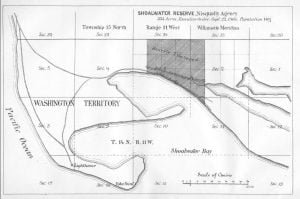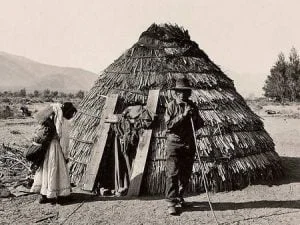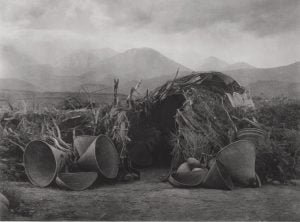The Mohawk Valley in which Sir William Johnson spent his adult life (1738-17 74) was the fairest portion of the domain of the Six Nations of the Iroquois Confederacy. In this valley William Griffis had lived nine years, seeing on every side traces or monuments of the industry, humanity, and powerful personality of its most famous resident in colonial days. From the quaint stone church in Schenectady which Sir Johnson built, and in whose canopied pews he sat, daily before his eyes, to the autograph papers in possession of his neighbors; from sites close at hand and traditionally associated with the lord of Johnson Hall, to the historical relics which multiply at Johnstown, Canajoharie, and westward, — mementos of the baronet were never lacking. His two baronial halls still stand near the Mohawk. Local traditions, while in the main generous to Johnson’s memory, was sometimes unfair and even cruel. The hatreds engendered by the partisan features of the Revolution, and the just detestation of the savage atrocities of Tories and red allies led by Johnson’s son and son-in-law, had done injustice to the great man himself. Yet base and baseless tradition was in no whit more unjust than the sectional opinions and hostile gossip of the New England militia which historians have so freely transferred to their pages.









